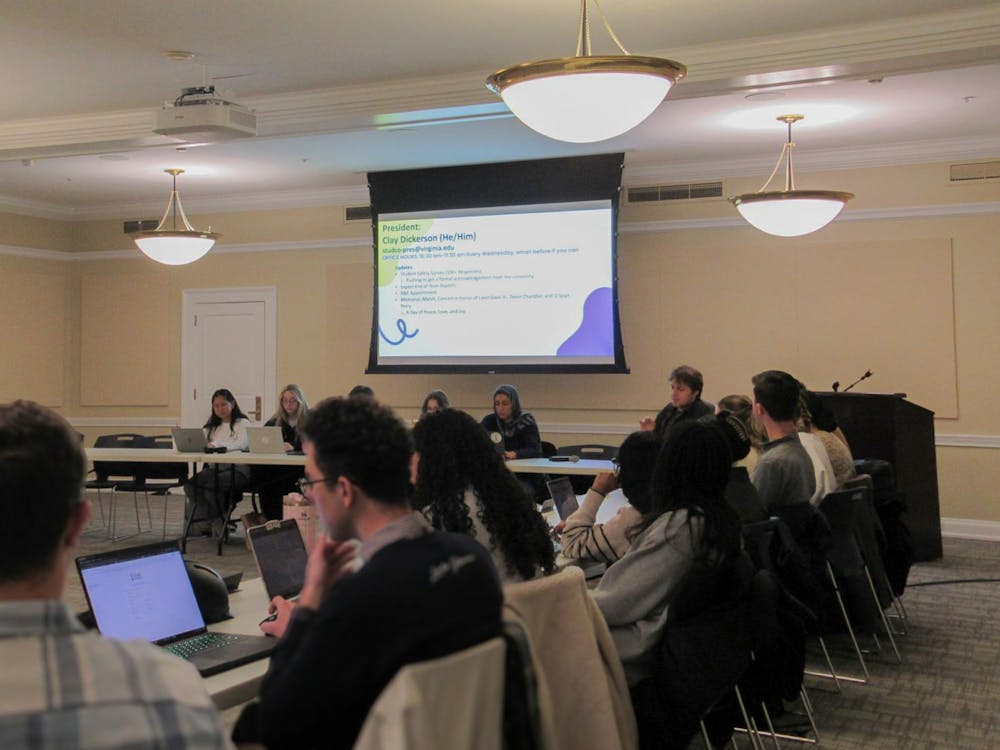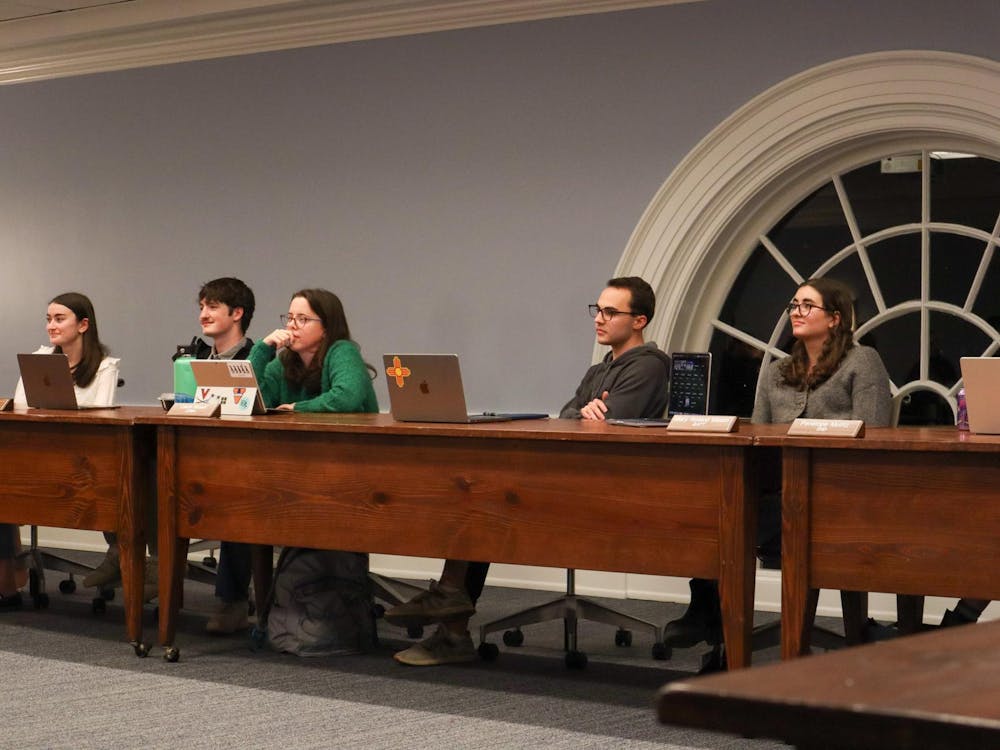The University's chapter of the National Association for the Advancement of Colored People held a lecture yesterday evening about the ways the U.S. education system negatively impacts mass incarceration rates.
Ryana Burrell, fourth-year College student and education chair of the University chapter, said she "is not an expert but really passionate about this" issue.
Burrell presented videos which showed the link between corruption and failing education systems to higher prison populations, noting the number of incarcerated individuals has increased even as crime rates have fallen.
She said the corruption in the nation's incarceration system can be seen in the increase in stock prices of corporations providing correctional and detention organization, as well as those involved in the construction of jails and prisons such as Corrections Corporation of America and the GEO Group.
During her presentation, Burrell questioned the nation's fiscal priorities. "Spending on prisons has increased 570 percent, spending on education has increased 33 percent," she said in a PowerPoint presentation. "Only 75 percent of inmates are at 12th grade reading level, [and] less than 20 percent of inmates have their high school diploma."
Burrell said recent budget cuts for education have a bigger impact on low-income schools than high-income schools in certain areas of the nation.
"More than 60 percent of black and Hispanic students attend high poverty schools (more than 50 percent of school population is identified as living in poverty) while only 30 percent of Asians and 18 percent of whites attend high poverty schools," she said in a PowerPoint presentation.
Low-income and poorly funded schools more frequently use metal detectors and are more likely to have police officers on school grounds, which leads to a prison-like mentality in students, Burrell said.
-compiled by Donald Sensabaugh






